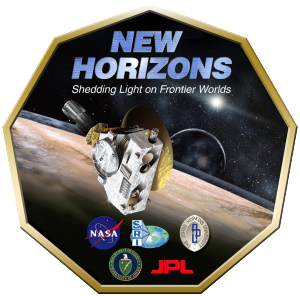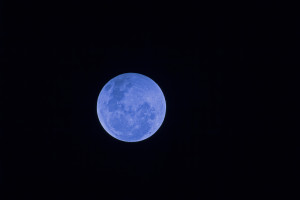The Arizona sky unleashes spectacular sights in June and July
By Steve Kates
The blazing summer heat continues. Nature releases this heat energy in the form of our summer monsoons. As the accompanying rain clears out the air, we’re able to see some amazing sights. The skies of June and July are jam-packed with exciting celestial treats to view as we experience shorter nights. The summer solstice on June 21 at 9:38 a.m. marks the change of seasons and the highest point of the sun during the calendar year. Take note that the sun will set on this date at one of its latest times of the year, right around 7:41 p.m. in the northwest sky.
The moon begins June with a wonderful full Strawberry Moon on June 2. This is a most romantic moon, rising in the southeast sky right after sunset. The last quarter moon is on June 23, and then we reach the dark of the moon, or new moon, on the 16th. The moon then waxes and returns to its first quarter on the 24th. The June sky is full of planets to see, too! Look low in the northwest after sunset, and you will get to experience the beginnings of a really good conjunction. Notice that Jupiter and Venus are moving closer together in the sky with each passing day. The moon will add to the fun on the night of June 20, when all three objects will be close to one another in the sky. The best is yet to come as we experience a major conjunction of Venus and Jupiter on June 30 and July 1. At this time, the planets will be just two degrees apart. Saturn rises at sunset and is bright in the southeast sky. Meanwhile, Mercury makes a great object to view at the end of June, as its low in the northeast sky before dawn.
Our July skies are equally amazing, with the world finally getting to see what the newly classified dwarf planet Pluto looks like up close! Get ready for the arrival of the New Horizons spacecraft as it becomes news on or about July 15. New Horizons will arrive at Pluto, and many are excited to see what it will reveal. Cool factoid: Pluto was discovered right here in Arizona by Dr. Clyde Tombaugh on Feb. 18, 1930.
There are two full moons in the month of July. The first, the full Buck Moon, occurs on the 1st, and the second one, the full blue moon, will occur on July 31. The moon then reaches last quarter on the 8th, the new moon on the 15th, the first quarter on the 23rd, and finally the second full moon on the 31st. The moon will be busy in July!
Venus and Jupiter dazzle us with the great conjunction during the beginning of July. Saturn is still bright in the southeast at sunset, with the rings open some 24 degrees to our line of sight, making it a great telescopic object.
As we look to August, get ready for one of the best meteor showers of the entire year––the annual Perseid meteor shower. This year, we get to see the Perseids at their best. The shower will peak on the morning of August 13 and will be best from 1 a.m. till dawn. With no moon visible in the sky, this will be a great time to enjoy the show in all its glory. You do not need a telescope to see this; it’s visible with the naked eye––don’t miss it!
Spotlight on the New Horizons spacecraft 
Launched: Jan.19, 2006
Weighs: 1,054 pounds
Mission status: Expected to arrive at Pluto on July 14, 2105. It will come within 7,800 miles of Pluto.
Carrying: Aside from the instruments needed to conduct its mission, the New Horizons is also carrying some of Dr. Clyde Tombaugh’s ashes.
What’s a blue moon (no, not the beer or the song)?
The term blue moon has nothing to do with the color of the moon. It’s used to describe an extra full moon that appears in a subdivision of a year, either the third or fourth full moon in a season or, recently, a second full moon in a month of the common calendar.
Related posts
Leave a Comment
You must be logged in to post a comment.







